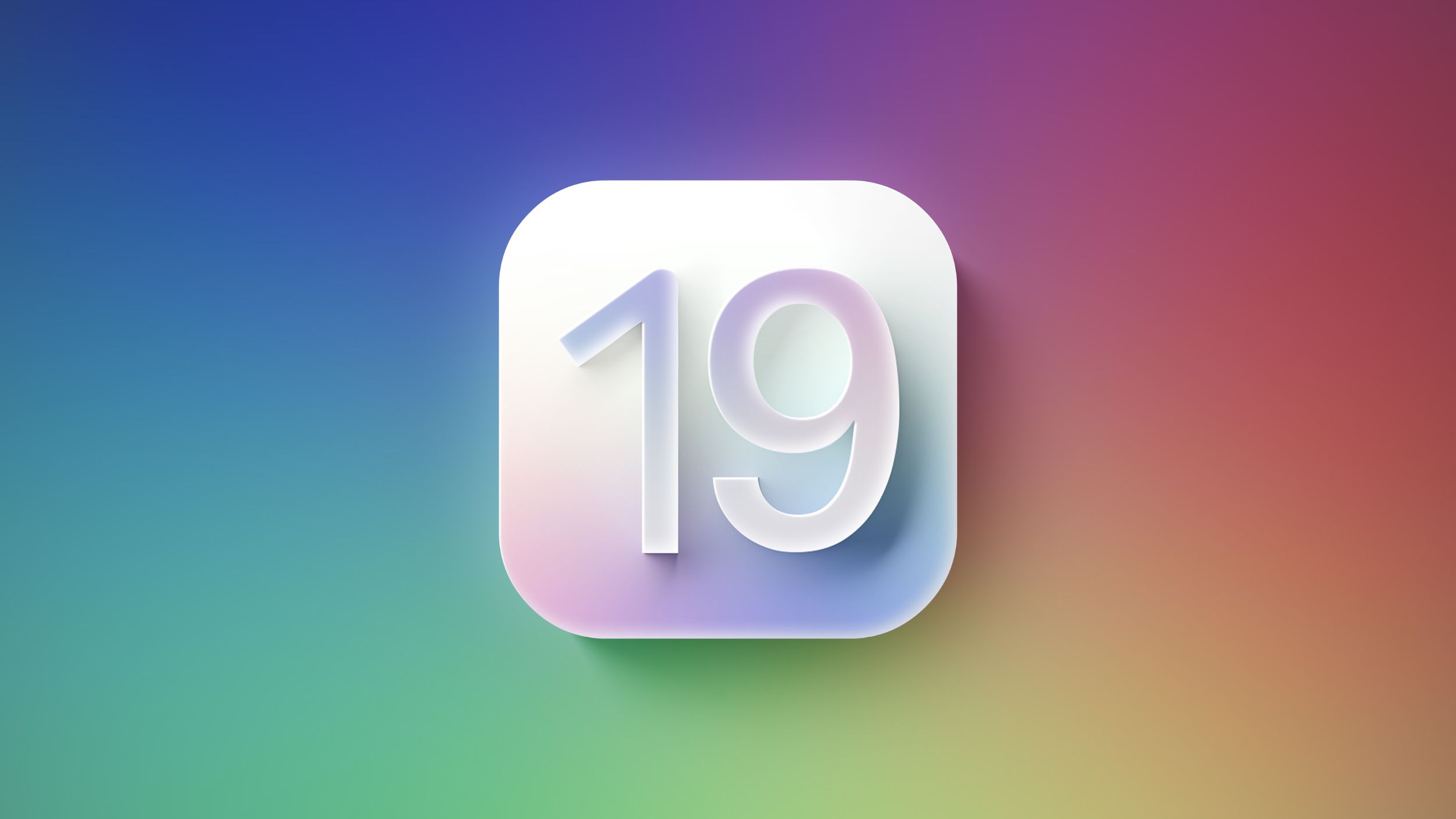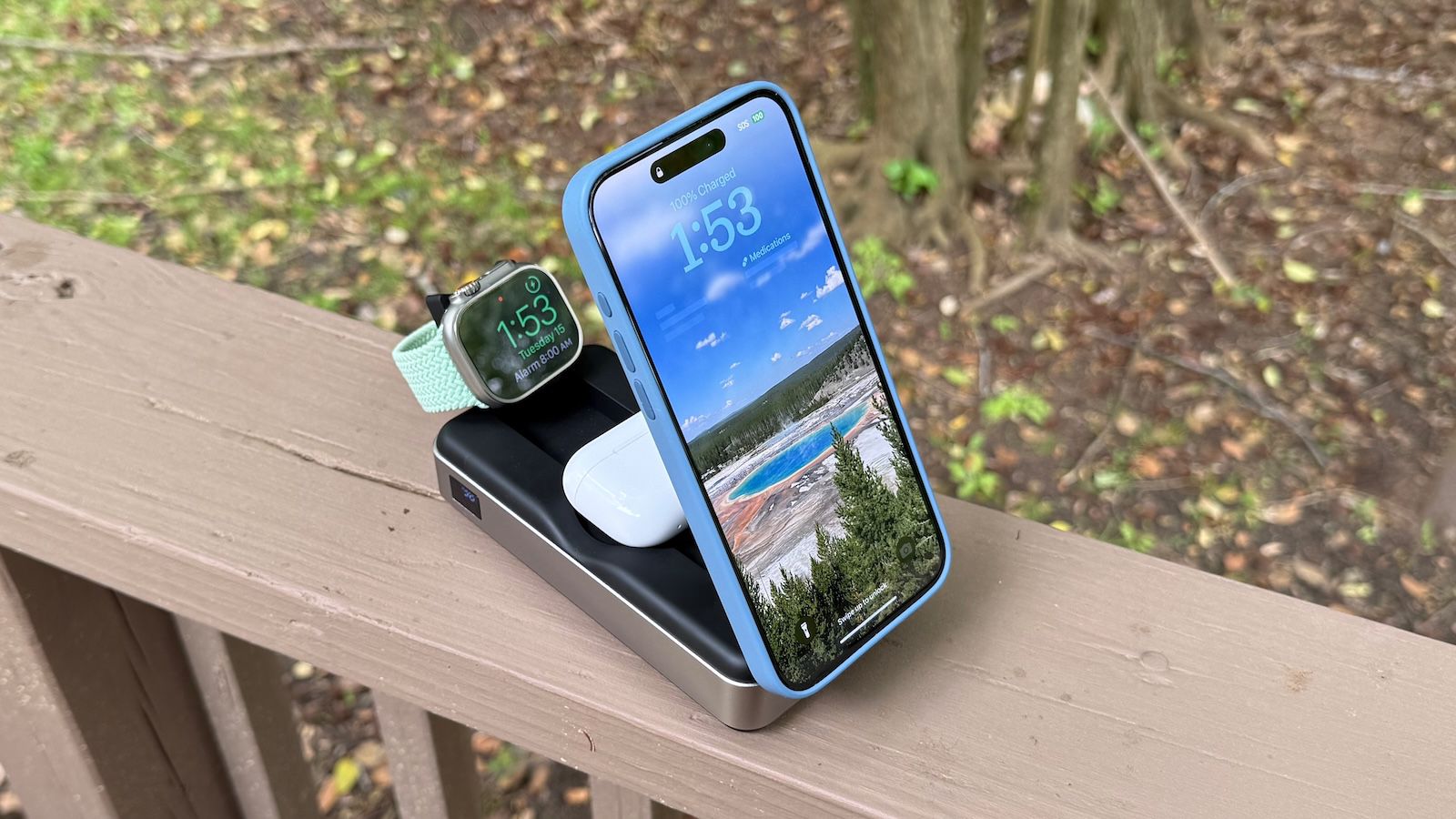Angular's Change Detection Explained: How It Really Works
Change Detection is one of Angular's most critical internal mechanisms, responsible for updating the DOM whenever your application's state changes. A clear understanding of how it works can help you write more efficient and performant Angular apps. What is Change Detection? Change Detection is the process by which Angular synchronizes the DOM with the component's data model. Every time data changes in your application, Angular runs change detection to determine what needs to be updated in the view. How Angular Triggers Change Detection Angular triggers change detection in various scenarios, including: User interactions (clicks, typing, etc.) HTTP responses or timers (setTimeout, setInterval) Observable subscriptions Component or input property changes Angular runs change detection starting from the root component and traverses the component tree to check for updates. Zone.js and Its Role Angular uses a library called Zone.js to intercept asynchronous operations. It patches browser APIs and ensures Angular knows when to run change detection. Example: setTimeout(() => { this.value = 'updated'; // Angular runs change detection after this }, 1000); The Change Detection Tree Angular builds a tree of components and runs change detection from the top (root) to the leaves: Each component is checked to see if any bindings have changed. Angular updates the view only if changes are detected. Change Detection Strategies Angular provides two strategies: Default Checks every component in the tree. Suitable for most use cases. OnPush Only checks a component when: One of its input properties changes. An event is triggered inside the component. Helps improve performance in large apps. Usage: @Component({ selector: 'app-optimized', changeDetection: ChangeDetectionStrategy.OnPush, template: `{{ data.name }}` }) export class OptimizedComponent { @Input() data!: { name: string }; } Detecting and Marking Changes Manually You can manually trigger change detection using ChangeDetectorRef: constructor(private cdr: ChangeDetectorRef) {} updateValue() { this.value = 'manually updated'; this.cdr.detectChanges(); } Or mark the component to be checked in the next cycle: this.cdr.markForCheck(); Common Pitfalls Mutating objects directly: Angular doesn’t detect changes if you mutate an object without changing its reference. Too many change detections: Avoid triggering change detection too frequently. Inefficient templates: Heavy or complex templates can slow down the detection process. Best Practices Use OnPush strategy where possible. Keep your templates simple and clean. Avoid complex logic in templates. Prefer immutable data structures for better performance with OnPush. Conclusion Angular's Change Detection is powerful but can impact performance if misunderstood. By mastering how it works under the hood and applying best practices, you can create highly responsive and scalable Angular applications. What’s your favorite trick for optimizing change detection? Share your thoughts below!

Change Detection is one of Angular's most critical internal mechanisms, responsible for updating the DOM whenever your application's state changes. A clear understanding of how it works can help you write more efficient and performant Angular apps.
What is Change Detection?
Change Detection is the process by which Angular synchronizes the DOM with the component's data model. Every time data changes in your application, Angular runs change detection to determine what needs to be updated in the view.
How Angular Triggers Change Detection
Angular triggers change detection in various scenarios, including:
- User interactions (clicks, typing, etc.)
- HTTP responses or timers (setTimeout, setInterval)
- Observable subscriptions
- Component or input property changes
Angular runs change detection starting from the root component and traverses the component tree to check for updates.
Zone.js and Its Role
Angular uses a library called Zone.js to intercept asynchronous operations. It patches browser APIs and ensures Angular knows when to run change detection.
Example:
setTimeout(() => {
this.value = 'updated'; // Angular runs change detection after this
}, 1000);
The Change Detection Tree
Angular builds a tree of components and runs change detection from the top (root) to the leaves:
- Each component is checked to see if any bindings have changed.
- Angular updates the view only if changes are detected.
Change Detection Strategies
Angular provides two strategies:
Default
- Checks every component in the tree.
- Suitable for most use cases.
OnPush
- Only checks a component when:
- One of its input properties changes.
- An event is triggered inside the component.
- Helps improve performance in large apps.
Usage:
@Component({
selector: 'app-optimized',
changeDetection: ChangeDetectionStrategy.OnPush,
template: `{{ data.name }}`
})
export class OptimizedComponent {
@Input() data!: { name: string };
}
Detecting and Marking Changes Manually
You can manually trigger change detection using ChangeDetectorRef:
constructor(private cdr: ChangeDetectorRef) {}
updateValue() {
this.value = 'manually updated';
this.cdr.detectChanges();
}
Or mark the component to be checked in the next cycle:
this.cdr.markForCheck();
Common Pitfalls
- Mutating objects directly: Angular doesn’t detect changes if you mutate an object without changing its reference.
- Too many change detections: Avoid triggering change detection too frequently.
- Inefficient templates: Heavy or complex templates can slow down the detection process.
Best Practices
- Use
OnPushstrategy where possible. - Keep your templates simple and clean.
- Avoid complex logic in templates.
- Prefer immutable data structures for better performance with OnPush.
Conclusion
Angular's Change Detection is powerful but can impact performance if misunderstood. By mastering how it works under the hood and applying best practices, you can create highly responsive and scalable Angular applications.
What’s your favorite trick for optimizing change detection? Share your thoughts below!



.jpg)













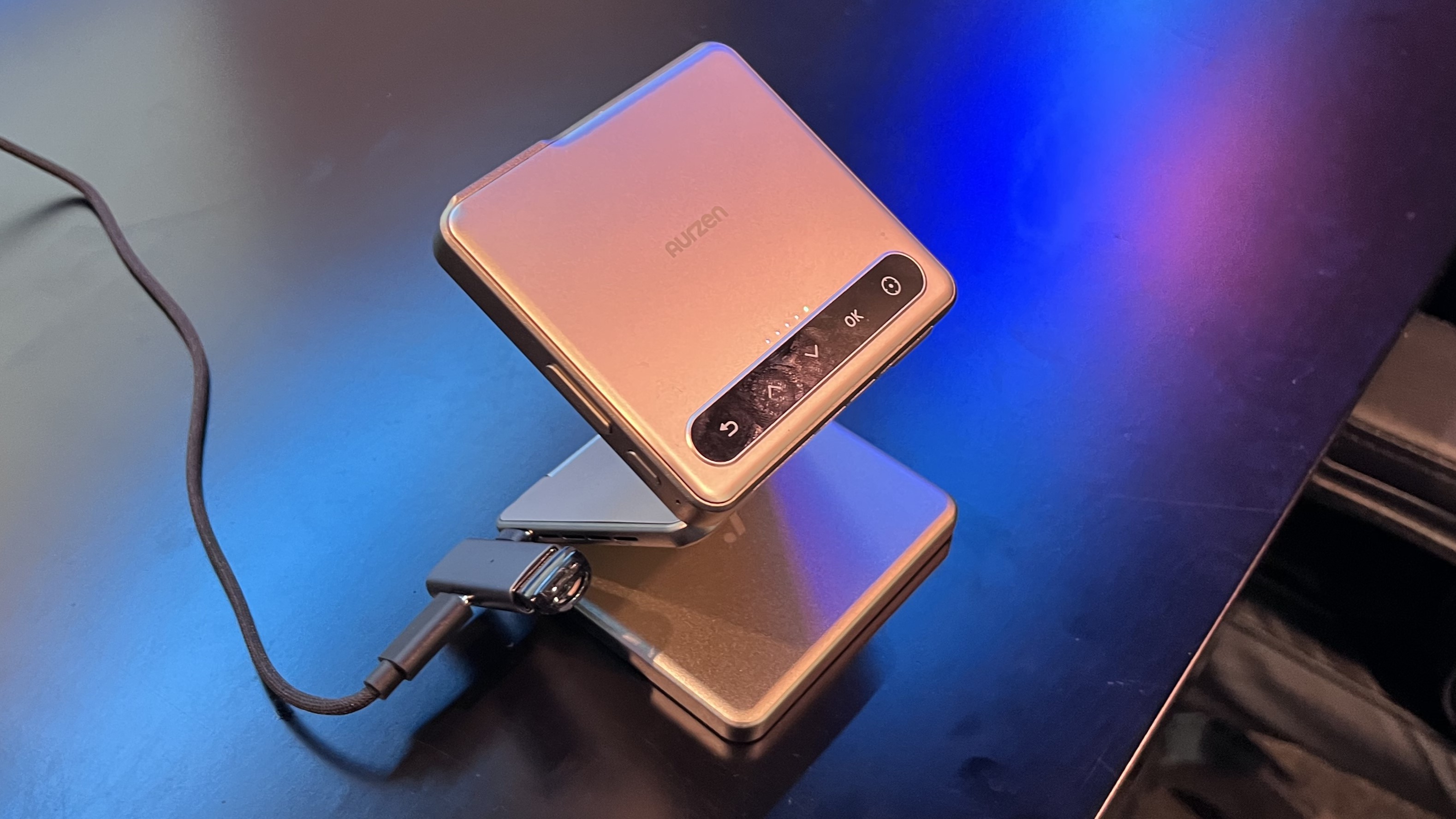







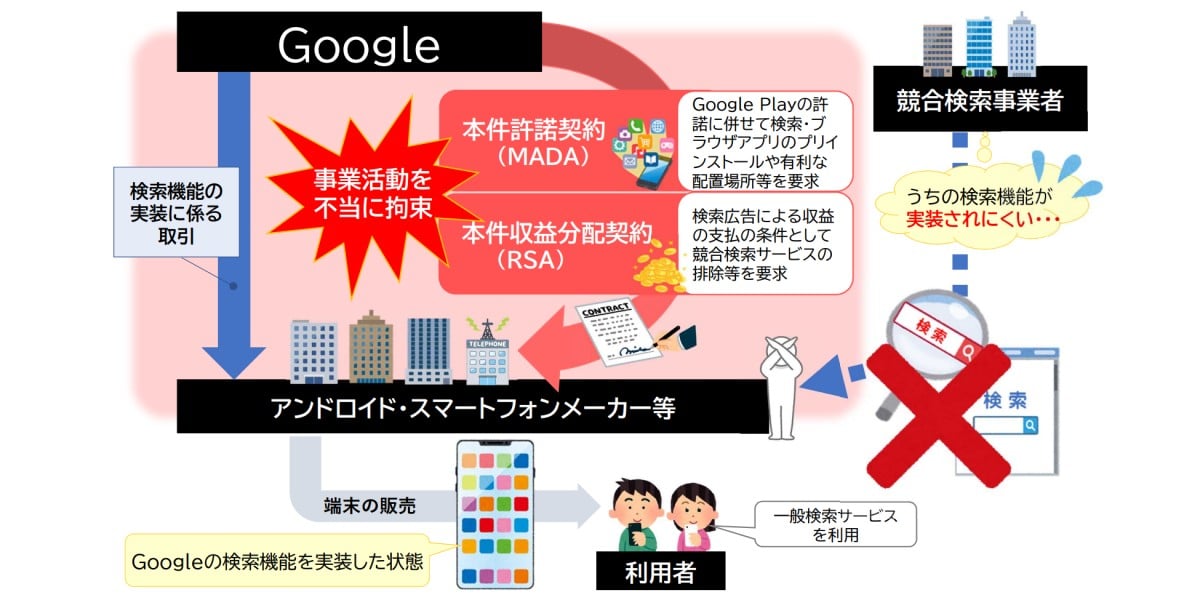
















































































































































![[The AI Show Episode 144]: ChatGPT’s New Memory, Shopify CEO’s Leaked “AI First” Memo, Google Cloud Next Releases, o3 and o4-mini Coming Soon & Llama 4’s Rocky Launch](https://www.marketingaiinstitute.com/hubfs/ep%20144%20cover.png)

































































































































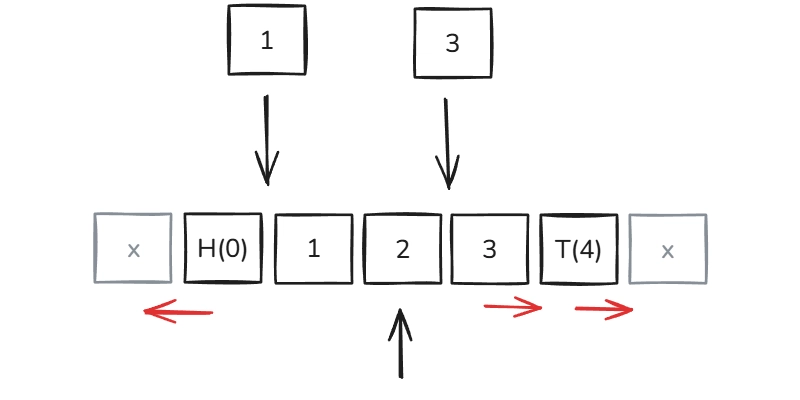












































.png?width=1920&height=1920&fit=bounds&quality=70&format=jpg&auto=webp#)





















![Blue Archive tier list [April 2025]](https://media.pocketgamer.com/artwork/na-33404-1636469504/blue-archive-screenshot-2.jpg?#)


































.png?#)








































.webp?#)























































































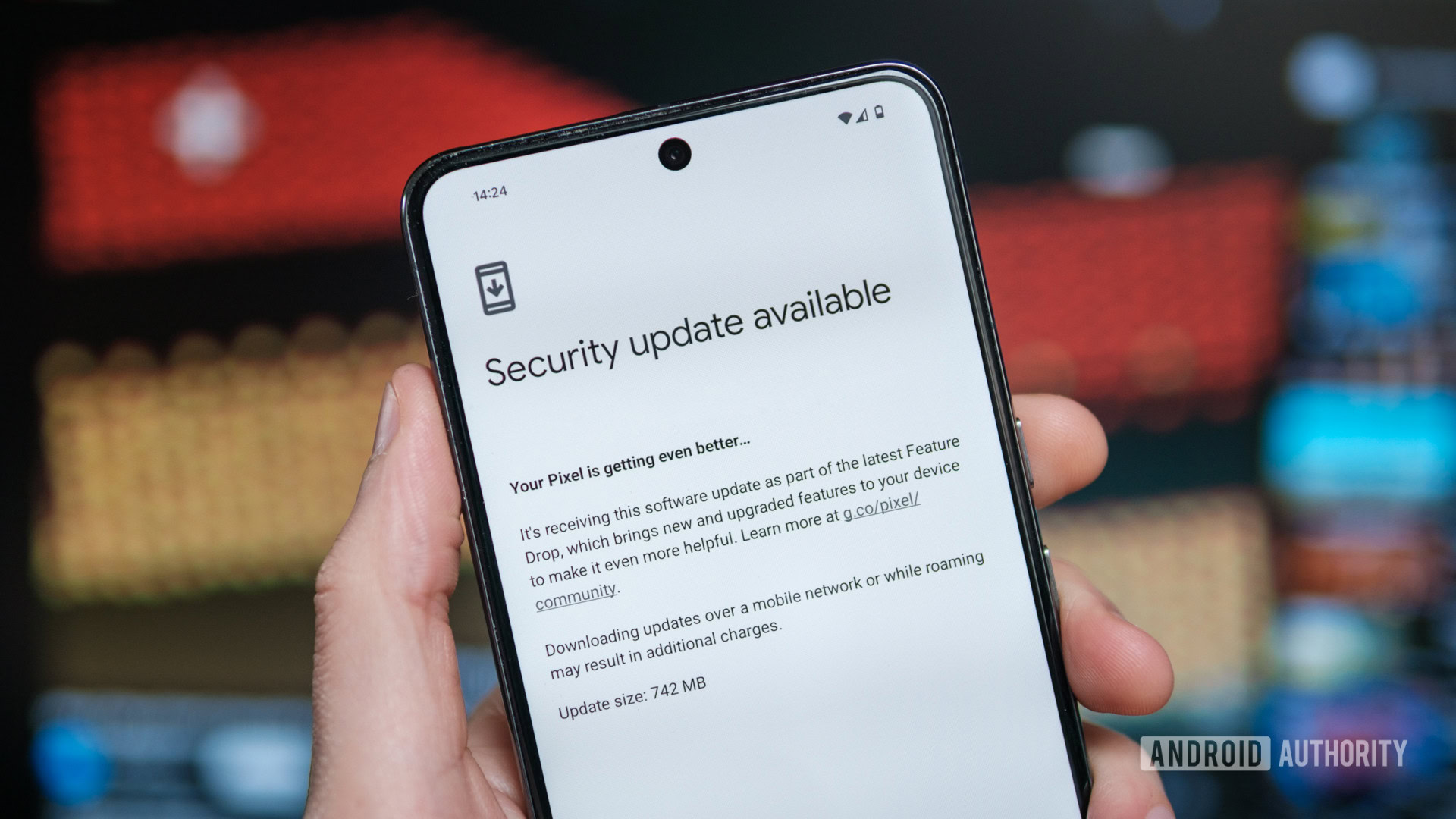


















![Apple to Split Enterprise and Western Europe Roles as VP Exits [Report]](https://www.iclarified.com/images/news/97032/97032/97032-640.jpg)
![Nanoleaf Announces New Pegboard Desk Dock With Dual-Sided Lighting [Video]](https://www.iclarified.com/images/news/97030/97030/97030-640.jpg)

![Apple's Foldable iPhone May Cost Between $2100 and $2300 [Rumor]](https://www.iclarified.com/images/news/97028/97028/97028-640.jpg)







































